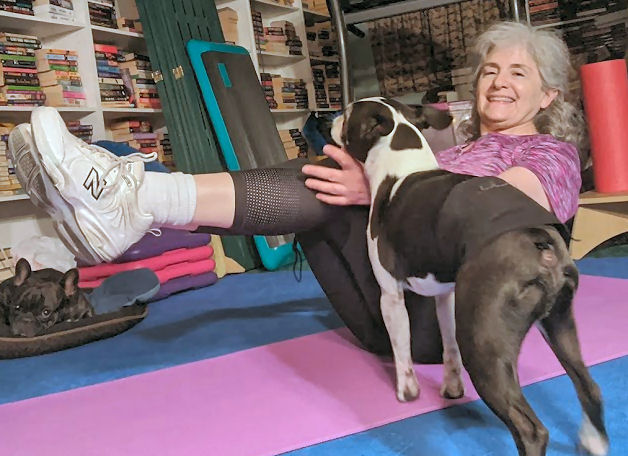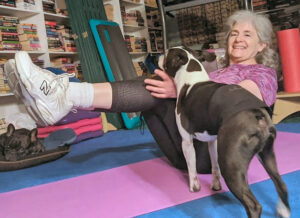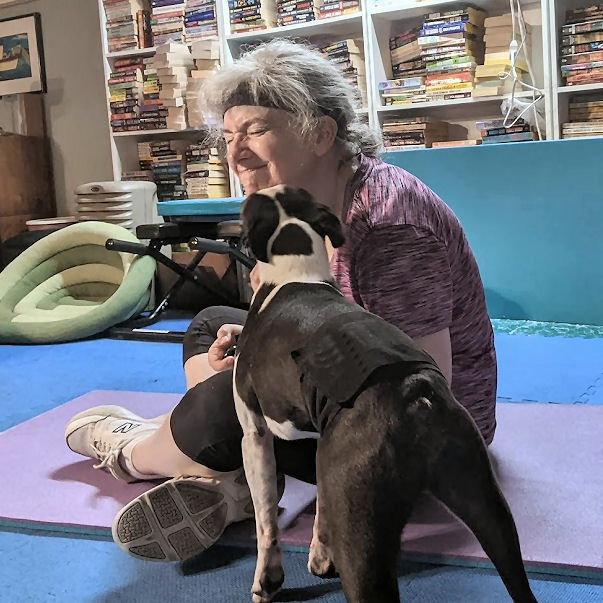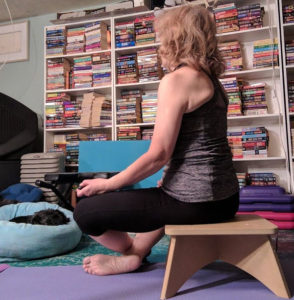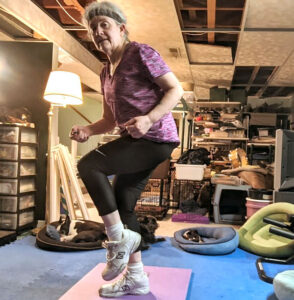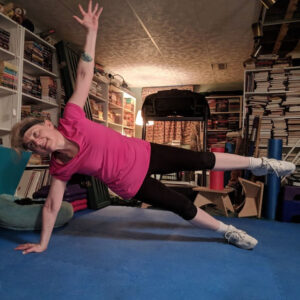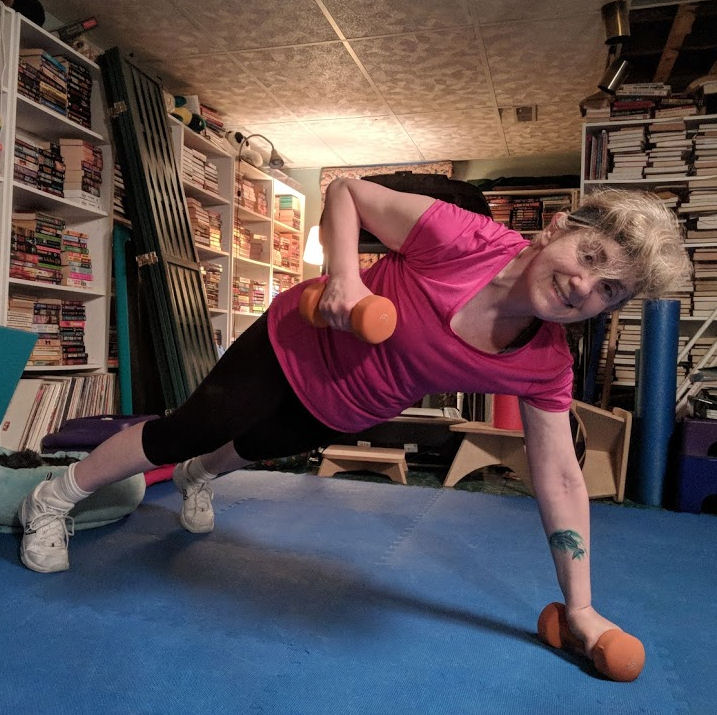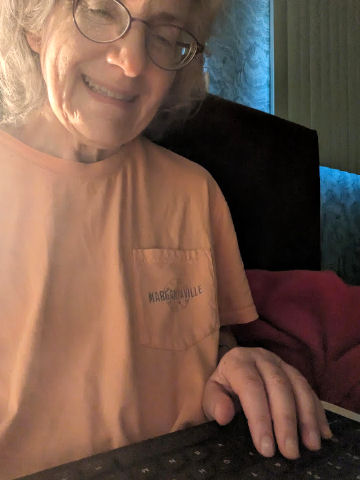I’ve said “Everything in moderation” frequently. And it’s the watchword I live by. I never say “No” to dessert. If I want potatoes, I’ll plop a spoonful on my plate. Having lost a lot of weight years ago and kept it off, I always watch what I eat and try to eat a nutritious diet every day. Except for Thanksgiving. Thanksgiving is the one day all the eating rules fly out the window. Thanksgiving is the day when more is better. As long as it’s really good food. But, what’s the price of all that really good food? What is the price of a holiday?
What’s being counted?
The price depends on what we’re counting. If it’s calories, to me Thanksgiving is worth it. It’s the one day a year we celebrate what we have. If I want to celebrate with chocolate pecan pie, I’m making it! Or we could be counting the cost of the meal. Again, to me, Thanksgiving is not the day to be pinching pennies. And then time might be an issue. It takes a while to prepare all that yummy goodness. As my sister and I enjoy cooking together and don’t usually have other guests on Thanksgiving, we’re making the most of our time.
Time is more than the cost for some
But not everybody has the luxury of being with family and guests while cooking. It’s no fun being away in the kitchen while everyone else is sharing stories and experiences in another room. In fact, in an article I read, one dietitian opts for a store-bought Thanksgiving dinner instead of preparing it herself. This is despite the added calories, sugar and salt she knows the prepared dinner has.
But, are you concerned about eating healthy?
On yet another hand, if, for health reasons, the holiday is less important than sticking with your meal plan, then you may choose to forego the traditional dinner and choose a healthier option. There’s certainly nothing wrong with a delicious roasted chicken or turkey with fresh vegetables for side dishes rather than stuffing and mashed potatoes.
Thanksgiving is about trade-offs. What’s important to you may not be the thing that’s most important to someone else. I enjoy preparing the meal, perhaps it’s because I’m with the important people in my life. To others, the meal is less important than the company. So the food may not be as high in quality as it might be if it were home-made. But being with good company boosts our resilience.
So, prioritize the things that are important to you. Be with your friends and family. Be healthy. Or enjoy the process and then the meal itself. The price of a holiday is what you put on it, in the end.



